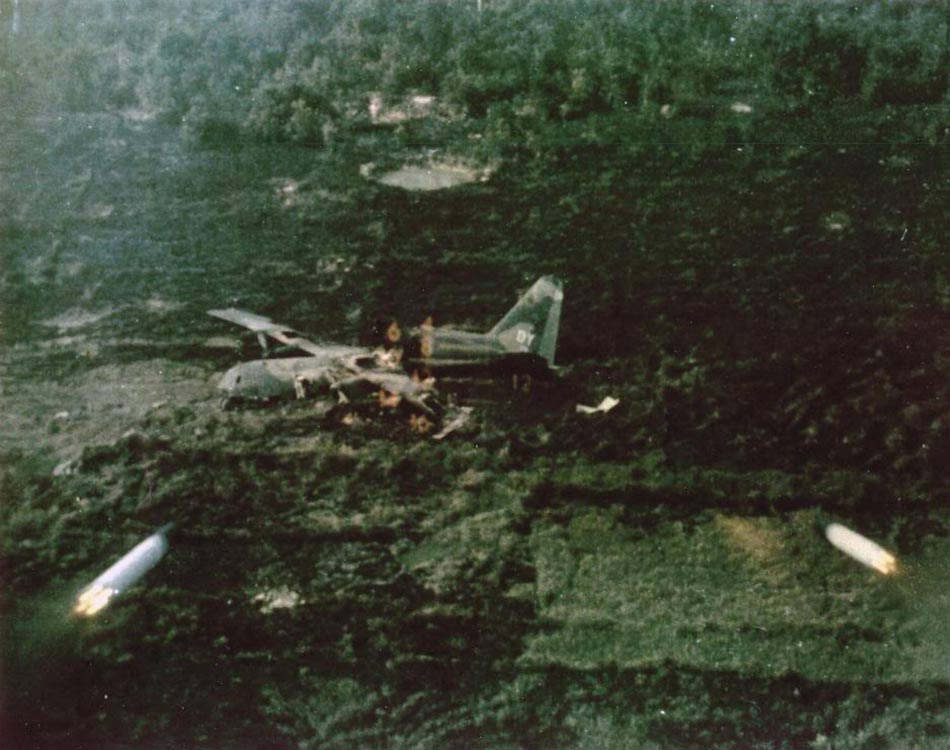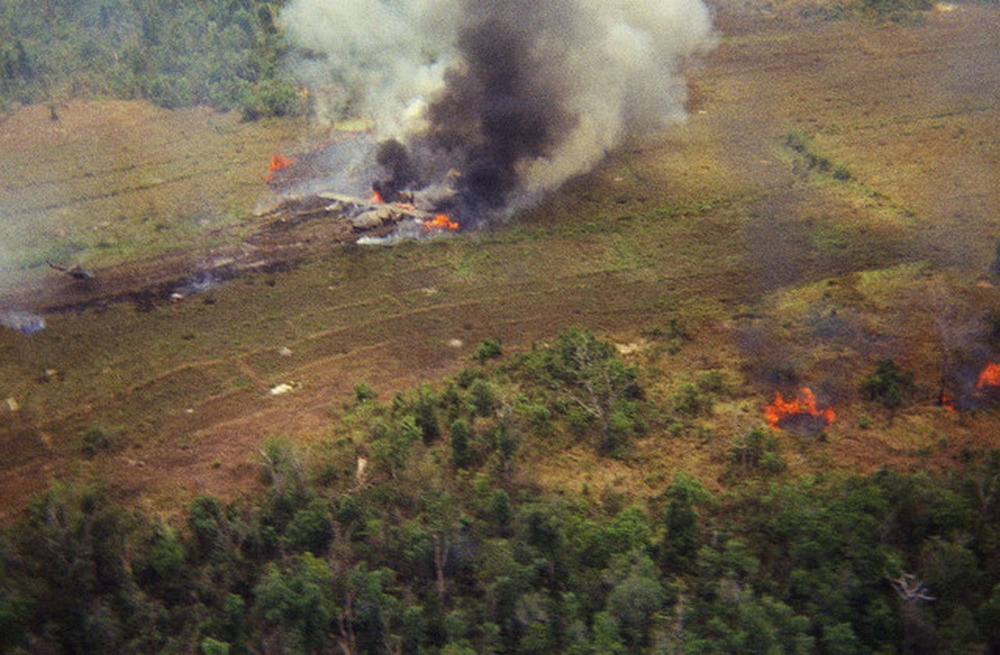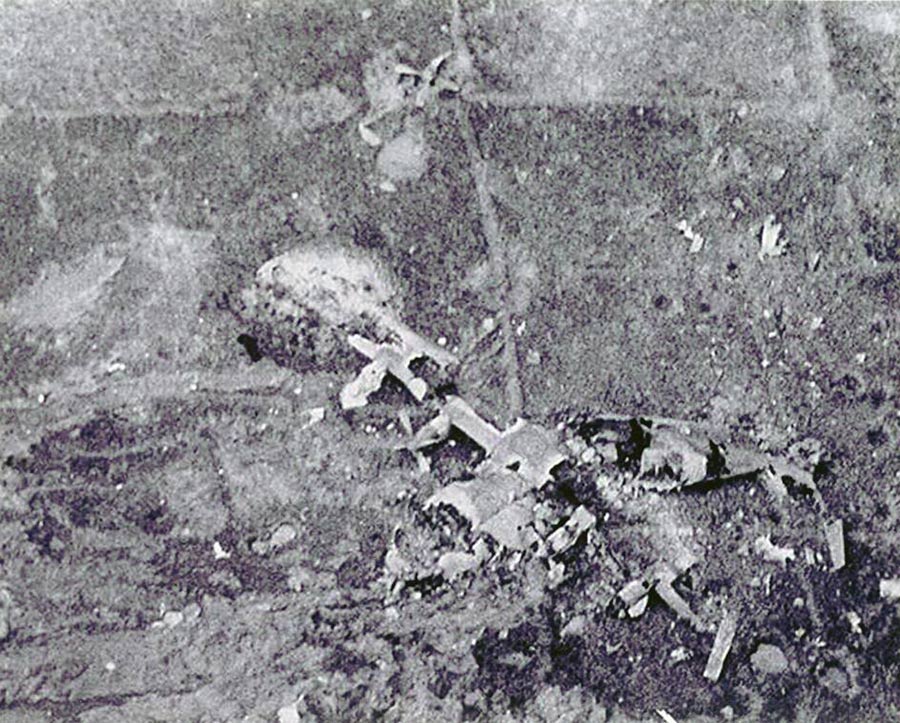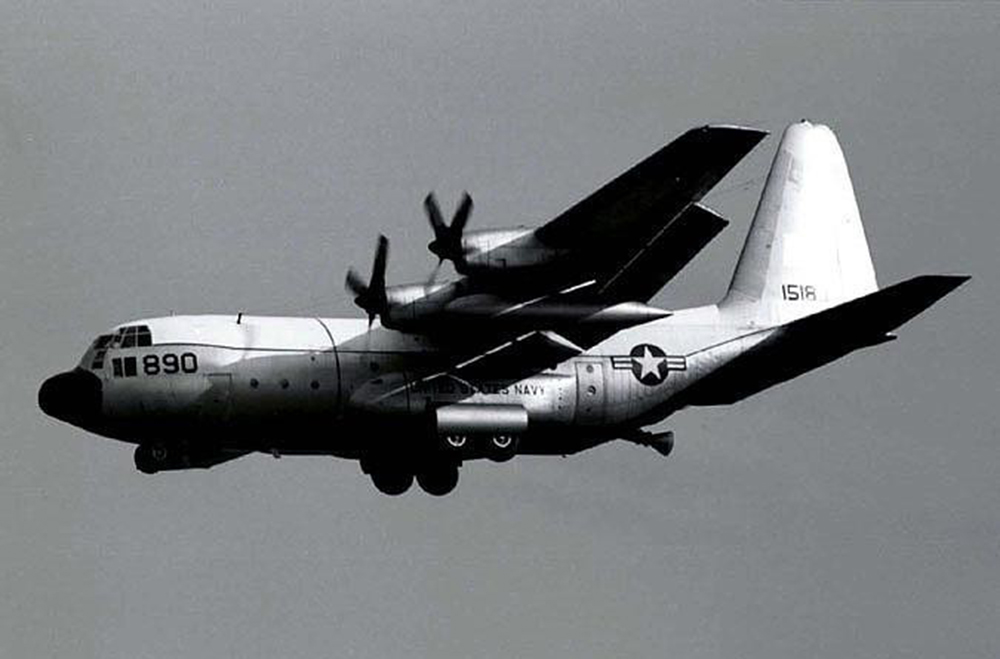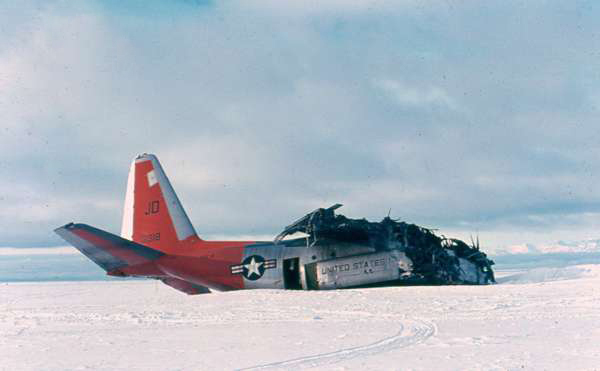Crash of a Lockheed C-130E Hercules in Lai Khê
Date & Time:
Apr 18, 1972
Registration:
63-7775
Survivors:
Yes
Schedule:
Saigon - Saigon
MSN:
3841
YOM:
1963
Crew on board:
5
Crew fatalities:
Pax on board:
0
Pax fatalities:
Other fatalities:
Total fatalities:
0
Circumstances:
The crew departed Saigon on a supply dropping mission to An Loc. While flying at low height and high speed, the airplane was hit by enemy fire. The crew elected to return to Saigon when few minutes later, the right wing caught fire. The captain attempted an emergency landing when the airplane crashed in flames in a swampy area. All five occupants were rescued while the aircraft was destroyed.
Probable cause:
Emergency landing after being shot down by enemy fire.
